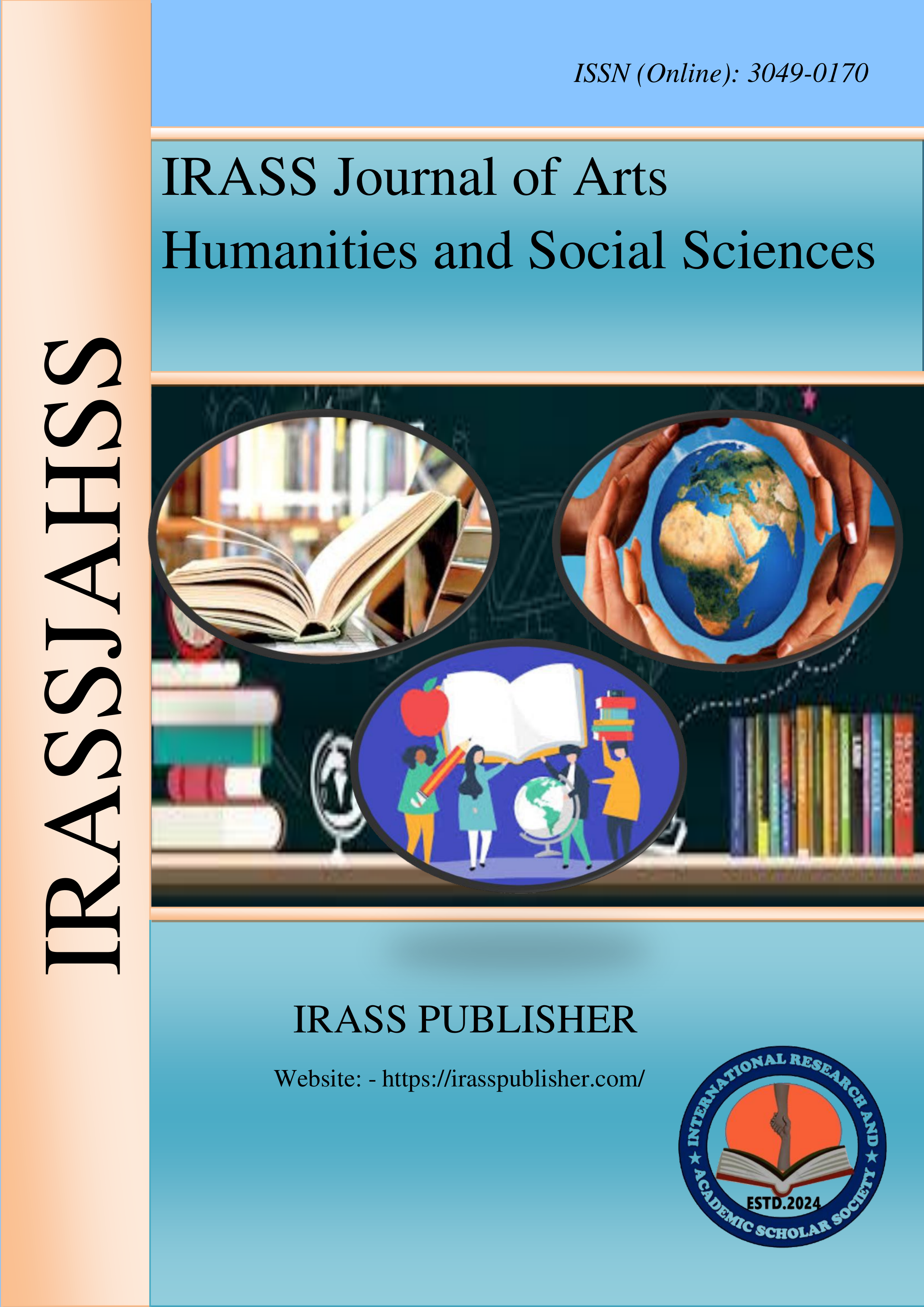EMERGING TRENDS IN CRIME. EXPLORING NEW AND EVOLVING CRIME TRENDS AND THEIR IMPLECATIONS FOR PREVENTION STRATEGIES
Sr No:
Page No:
68-77
Language:
English
Authors:
Dr. John Motsamai Modise*
Received:
2025-02-10
Accepted:
2025-02-25
Published Date:
2025-02-28
GoogleScholar:
Click here
Abstract:
The article's goal was to examine, comprehend, and evaluate the nature and
implications of newly developing crime patterns, including financial crime, cybercrime, and dark
web activities. Explain: List the elements (technology, globalization, social changes) that have
contributed to their rise. Make recommendations for countermeasures against these changing
dangers. Principal Subjects: First of all, Identify the growing sophistication and urgency of these
emerging criminal patterns. Context: Examine how crime has changed in the digital age,
emphasizing the impact of globalization, technology, and societal shifts. Analysis of New Crime
Trends: Cybercrime: Techniques, Effects, and Upcoming Trends (such Phishing and
Ransomware). Financial Crime: Techniques, Consequences, Upcoming Developments (Money
Laundering, Internet Fraud). Dark Web Activity: Illegal activity, dark web marketplace nature,
and possible repercussions. Fighting New Trends in Crime: Adaptation of Law Enforcement:
Cooperation, resources, and training. Public awareness campaigns: teaching the public about
responsible technology use and internet safety. International cooperation: exchange of data,
collaborative research. Financial institutions: bolstering anti-fraud and cybersecurity protocols.
In your conclusion, highlight the most important discoveries, stress cooperative solutions, and
provide an optimistic assessment on creating a safer future. Principal Arguments/Results: The
increasing threat posed by emerging crime patterns can be attributed to globalization and
technology improvements. Significant concerns to public safety, security, economic stability,
and trust are posed by these tendencies. To counter these risks, a diversified strategy is essential,
necessitating cooperation between the public, law enforcement, and other sectors.
Methodology/approach: examination of the literature on financial crime, cybercrime, rising
crime trends, and dark web activities. examination of information and reports from international
organizations, financial institutions, and law enforcement authorities. Case studies of particular
newly discovered criminal incidents (optional). Implications and Significance: This study will
help the public, financial institutions, law enforcement, and policymakers comprehend and
respond to new trends in criminal activity. In the digital age, the suggested ideas can aid in the
creation of practical plans to safeguard economic stability, public safety, and security. The
intended audience is legislators and policymakers who have the authority to enact laws and
regulations to mitigate these risks. Law enforcement agencies striving to improve their ability to
investigate and avert these kinds of offenses. financial institutions looking to strengthen their
cybersecurity safeguards. to disseminate information and provide the people with the resources
they require to stay safe online. The dynamic nature of criminal activity demands that one be
acutely aware of new developments. This essay explores the important topics of financial crime,
cybercrime, and dark web activity, examining their characteristics, causes, and possible effects.
These trends, which are fueled by globalization, social change, and technology breakthroughs,
represent a serious danger to economic stability, public safety, and security. In exploring the
shift from physical to digital crime, the report emphasizes how technology has made it easier for
criminals to remain anonymous and operate globally. It focuses at how societal shifts,
technology breakthroughs, and globalization have contributed to the development of favorable
conditions for these illegal operations. The effects of specific threats—such as ransomware
attacks, online fraud, and human trafficking on the dark web—are examined. The research and
data analysis presented in this study support the need for a multipronged strategy to counter
these challenges. The main recommendations center on public awareness campaigns,
international cooperation, adaptability of law enforcement, and proactive actions by financial
institutions. Through promoting cooperation and putting good plans into action, we can create a
safer future where technology empowers rather than threatens.
Keywords:
Emerging Crime Trends, Cybercrime, Financial Crime, Dark Web © Copyright IRASS Publisher. All Rights Reserved 69 Activity, Technology, Globalization, Public Safety, Security
Journal: IRASS Journal of Arts, Humanities and Social Sciences
ISSN(Online): 3049-0170
Publisher: IRASS Publisher
Frequency:
Monthly
Language:
English

